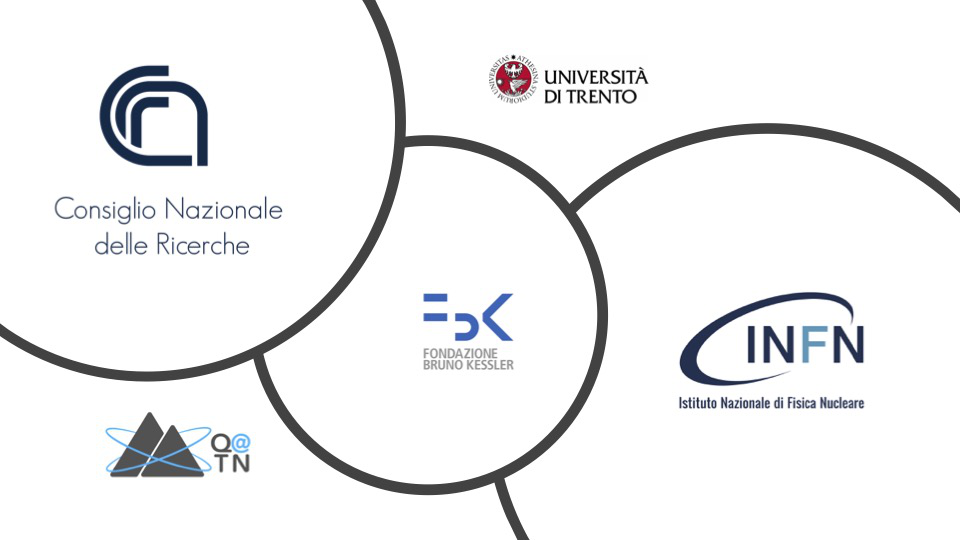Speaker
Description
Cavity magnonics has been rapidly developing based on the hybridization of microwave-frequency cavity modes with collective spin excitations. Recently, the use of quantum systems for the implementation of sensors is attracting remarkable attention. In this respect, cavity magnonics can provide an interesting approach for dark matter detection since axions are expected to be coupled and interact with high spin density materials,such as ferro/ferri-magnets.
Here, investigations on the strong coupling regime among the magnetization precession modes in a small YIG sphere and the MW electromagnetic modes in a 3D cavity will be discussed. Anti-crossing features have been observed in correspondence of various magnetostatic modes, which were excited in the magnetically saturated sample. Time-resolved studies show evidence of Rabi oscillations, demonstrating coherent exchange of energy among photons and magnons modes. Finally, we experimentally show the observation of phenomena related to the presence of non-Hermitian singularities (exceptional points), which result from the travelling-wave induced cooperative external magnon-photon coupling. Such phenomena significantly modify the properties of polaritonic modes and the transmission spectrum.
Because of the rich physics observed, cavity magnon-polaritons provide very interesting means to combine quantum information with spintronics and a relevant resource for quantum enhanced sensing applications,opening perspectives toward exploring nonclassical states. Remarkably, the integration of low-noise superconducting detectors for sensitive readout of the quantum states can further improve the performances and impact, as targeted in DARTWARS collaboration.

